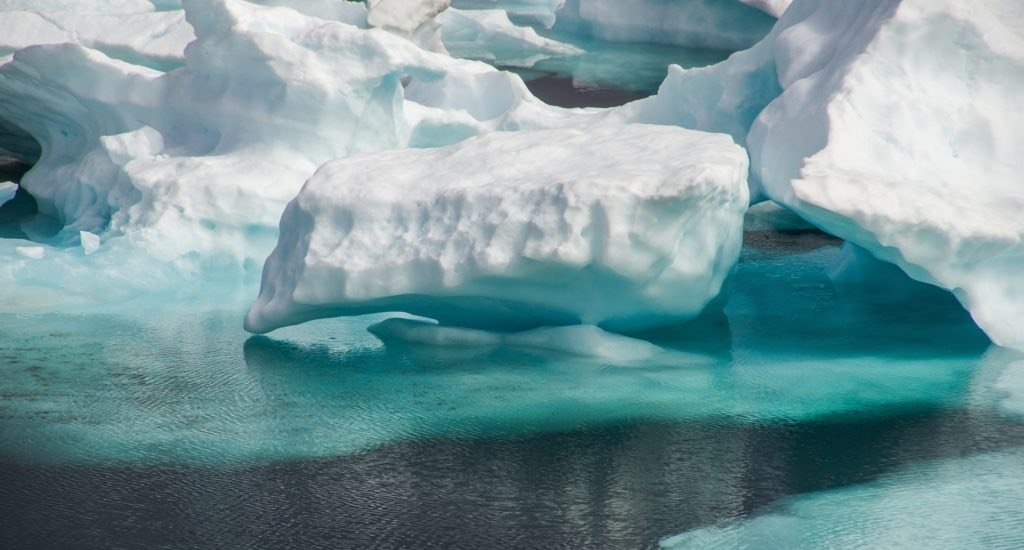According to recent research, a 1987 global agreement to protect the ozone layer is prolonging the first ice-free Arctic summer by up to 15 years.

Image Credit: University of Exeter
The Montreal Protocol, the first treaty adopted by every UN country, bans roughly 100 man-made compounds known as ozone-depleting substances (ODSs).
While the primary goal was to protect the ozone layer, ODSs are also powerful greenhouse gases, therefore the agreement slowed global warming.
According to the new study, the implications include delaying the first ice-free Arctic summer (which is currently anticipated to occur in the middle of this century) by up to 15 years, depending on future emissions.
According to scientists from UC Santa Cruz, Columbia University, and the University of Exeter, every 1,000 tons of ODS emissions avoided preserves almost 7 square kilometers of Arctic Sea ice.
“While ODSs aren’t as abundant as other greenhouse gases such as carbon dioxide, they can have a real impact on global warming,” says Dr. Mark England, Royal Commission for the Exhibition of 1851 Senior Research Fellow at the University of Exeter.
ODSs have particularly powerful effects in the Arctic, and they played a major role in driving Arctic climate change in the second half of the 20th Century. While stopping these effects was not the primary goal of the Montreal Protocol, it has been a fantastic by-product.
Dr. Mark England, Senior Research Fellow, University of Exeter
According to Dr. England, opponents of the protocol projected a variety of negative repercussions, most of which did not occur, and instead, there are numerous documented cases of unintended climatic benefits.
The first ice-free Arctic summer—meaning the Arctic Ocean practically free of sea ice—will be a major milestone in the process of climate change. Our findings clearly demonstrate that the Montreal Protocol has been a very powerful climate protection treaty, and has done much more than healing the ozone hole over the South Pole. Its effects are being felt all over the world, especially in the Arctic.
Lorenzo Polvani, Professor, Columbia University
The research, which employed new climate model simulations, found that ozone layer protection played no effect in reducing the loss of Arctic Sea ice—all of the benefits are related to the role of ODSs as greenhouse gases.
ODSs (which include chlorofluorocarbons, also known as CFCs) are compounds that were produced in the last century for use as refrigerants and propellants in industry.
The Montreal Protocol, which has now been signed by all 198 UN members, restricted these substances to safeguard the ozone layer, which protects humans and the environment from hazardous levels of UV radiation.
This endeavor has been successful, with atmospheric ODS concentrations dropping since the mid-1990s and signs that the ozone layer is beginning to heal.
However, research has shown a modest increase in ODS concentrations from 2010 to 2020; hence, Dr. England maintains surveillance.
The research was funded by the US National Science Foundation.
Journal Reference
England, M. R. & Polvani, L. M. (2023) The Montreal Protocol is delaying the occurrence of the first ice-free Arctic summer. Proceedings of the National Academy of Sciences. doi.org/10.1073/pnas.2211432120.